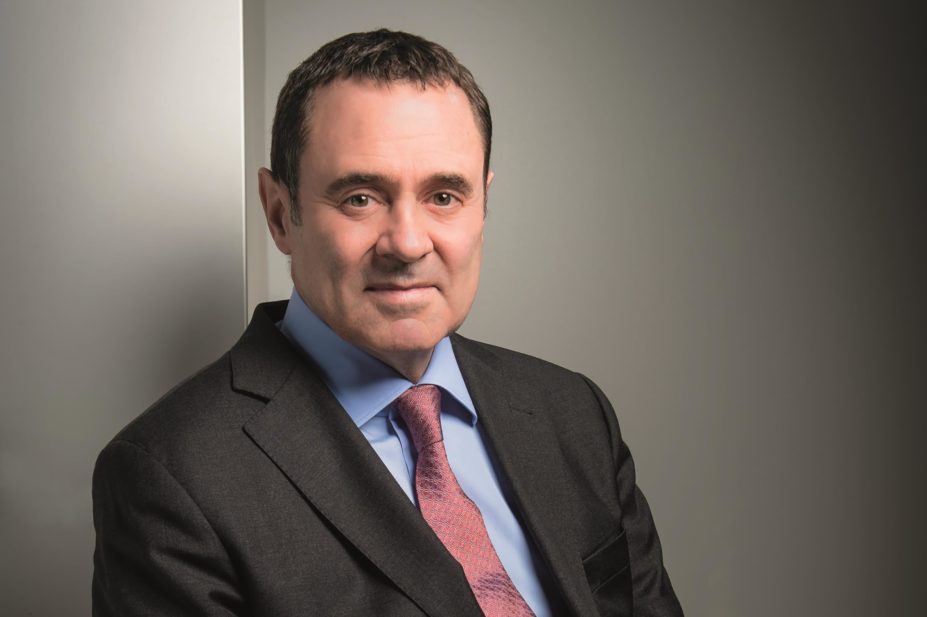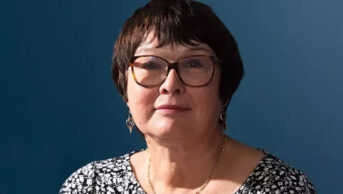
David Reddy is the chief executive officer for the Medicines for Malaria Venture (MMV), a public-private partnership that seeks to develop and facilitate the delivery of quality anti-malaria drugs at affordable prices to people in developing countries.
What are the goals of MMV and how are you contributing in the fight to control and, hopefully, eradicate malaria?
MMV is a partnership and we work with the public sector, academia, and the private sector to discover, develop and facilitate delivery of new drugs. Our short-term focus is to ensure there is increased uptake of state-of-the-art therapies such as artemisinin-based combination therapies (ACTs). But we also need to fill some of the gaps, one of them being the lack of ACT formulations for young children, bearing in mind that around 80% of deaths from malaria are in children aged under five years. Another gap is treatment for pregnant women where the safety requirements of drugs are absolutely critical. We must also ensure that we have replacements for some of the drugs that are currently failing. In the longer term, we need to ensure we have new drugs with new mechanisms of action to address drug resistance, and also drugs that are simpler to take, so that they can enable the elimination and, eventually, the eradication of malaria.
How big a problem is the lack of ACT formulations for children?
Currently we have a number of ACTs available but few with paediatric formulations, so increasing the variety of paediatric formulations is absolutely critical. Having a diverse range of drugs will keep resistance at bay. Different drugs have different safety profiles. So you need that diversity not only for adults, but for children.
What are the risks for pregnant women?
The real risk with pregnant women is that malaria causes anaemia and the severe anaemia that is encountered by a pregnant woman can be fatal. It’s estimated around 10,000 pregnant women die each year because of malaria. The other horrifying fact is that the parasite breeds in the placenta, so it can have an enormous impact on the unborn child, and it’s estimated that between 70,000 and 200,000 infants die each year as a result.
How big is the threat of resistance to ACTs witnessed in some areas of Southeast Asia, especially along the Thai-Cambodia border?
This is clearly becoming a problem in the region because we see increasing number of foci spots where these types of resistance strains are popping up. It is a warning signal that if this resistance intensifies and spreads we could lose some of our most valuable tools in the fight against malaria. We’ve made enormous progress over the past 15 years and it would be horrifying to see the clock turned back.
Resistance is a threat to any anti-infective drug because what effectively happens is the parasite learns how to survive in the presence of the drug. So, when the patient takes a drug, the impact on the malaria parasite is minimal and so it can go on doing its devastating job inside the body, including causing severe anaemia, which can be fatal. So we need the tools to control this.
ACTs remain the gold standard in most of the world today. But the emergence of resistance in one area means that it can occur in others. So we have an opportunity to address this now. The World Health Organization (WHO) artemisinin programme launched in Southeast Asia has done an extremely good job in trying to keep these resistant strains at bay. But as a drug developer, this is just buying time for us to do the job we need to bring the next generation of drugs forward because the days are numbered for the existing ones.
How does MMV work to ensure access to affordable drugs?
When we work with our partners, we build into our agreements the obligation to launch in malaria endemic countries and to price at cost plus a margin, which means the company will not lose any money.
How many potential anti-malaria drugs are in the pipeline?
We now have a strong portfolio of drugs, but we need it because we know during drug development compounds fail, and the failure rate is high. We have a total of 65 projects in the pipeline.
Are the drugs in the pipeline funded by MMV?
Yes, they are funded by our organisation, together with our private sector partners. Our funding for MMV comes from foundations such as the Bill and Melinda Gates Foundation and the Wellcome Trust, and from governments around the world, including the UK (significant funding comes from the Department for International Development). But what is critical is that eight drugs are in clinical development. We have two new paediatric formulations of the ACTs in development — Eurartesim and Pyramax — with our partners. We also have two generic manufacturers working on artemisinin suppositories for children with severe malaria. Another innovative drug, tafenoquine, is being developed with GlaxoSmithKline (GSK), which will be used in relapsing malaria. The current therapy is primaquine for 14 days. If successful, tafenoquine could be a one-dose therapy. There are completed proof-of-concept studies already. The results were so compelling that it was given breakthrough status by the US Food and Drug Administration, and it’s now well on its way through phase III conformity studies.
When is tafenoquine likely to get final approval?
We would expect tafenoquine to get final approval and receive pre-qualification status from the WHO in the next three years.
Are there any other novel drugs in the pipeline?
We have some drugs with new mechanisms in the pipeline. If you look in the malaria drug portfolio there are around six new targets in the parasite that we’re going after. The importance of new targets is that if you can get a drug to these targets they should be active against all the resistant parasites that are out there. There are a couple of drugs in clinical trials that are showing a lot of promise in their mechanisms of action because they are simple treatments. One of these, for example, is OZ439, a drug developed by MMV in collaboration with the University of Nebraska, Swiss Tropical Health Institute, and Monash University, Australia. This drug is currently in a phase IIb study.
Another is KAE609, which is being moved ahead by Novartis. This drug is in phase IIa patient studies, again showing promise with a new mechanism of action. Another is MMV048, also with a new mechanism of action, that has the potential to contribute to a single-dose cure, which is our holy grail. This is the first drug for malaria to come out of Africa, and is being developed by MMV and the University of Capetown. It competes in every way with the other drugs in the portfolio and is a robust candidate to take forward. This is currently in phase I studies conducted in South Africa and Australia.
What are the prospects of developing an effective vaccine against malaria, like the RTS,S being developed by GSK?
With RTS,S we’ve all seen the data as it has become available. This shows us that it is possible to develop a vaccine that mounts an immune response which is sufficient to have some impact on malaria. What’s important is to continue to build on this work because it may contribute to our overall goal of malaria elimination. It can also serve as the stepping stone to future vaccines.
WHO has set a goal to reduce the malaria disease burden by at least 90% by 2030. Do you think this is a realistic target?
The most important thing is that resources need to be applied. We have the tools that will allow us to make substantial progress. Already progress is being made, malaria deaths have been roughly halved (from over one million in 2000 to 584,000 in 2013, WHO estimates). We can continue on that trajectory but we need to intensify our efforts.


